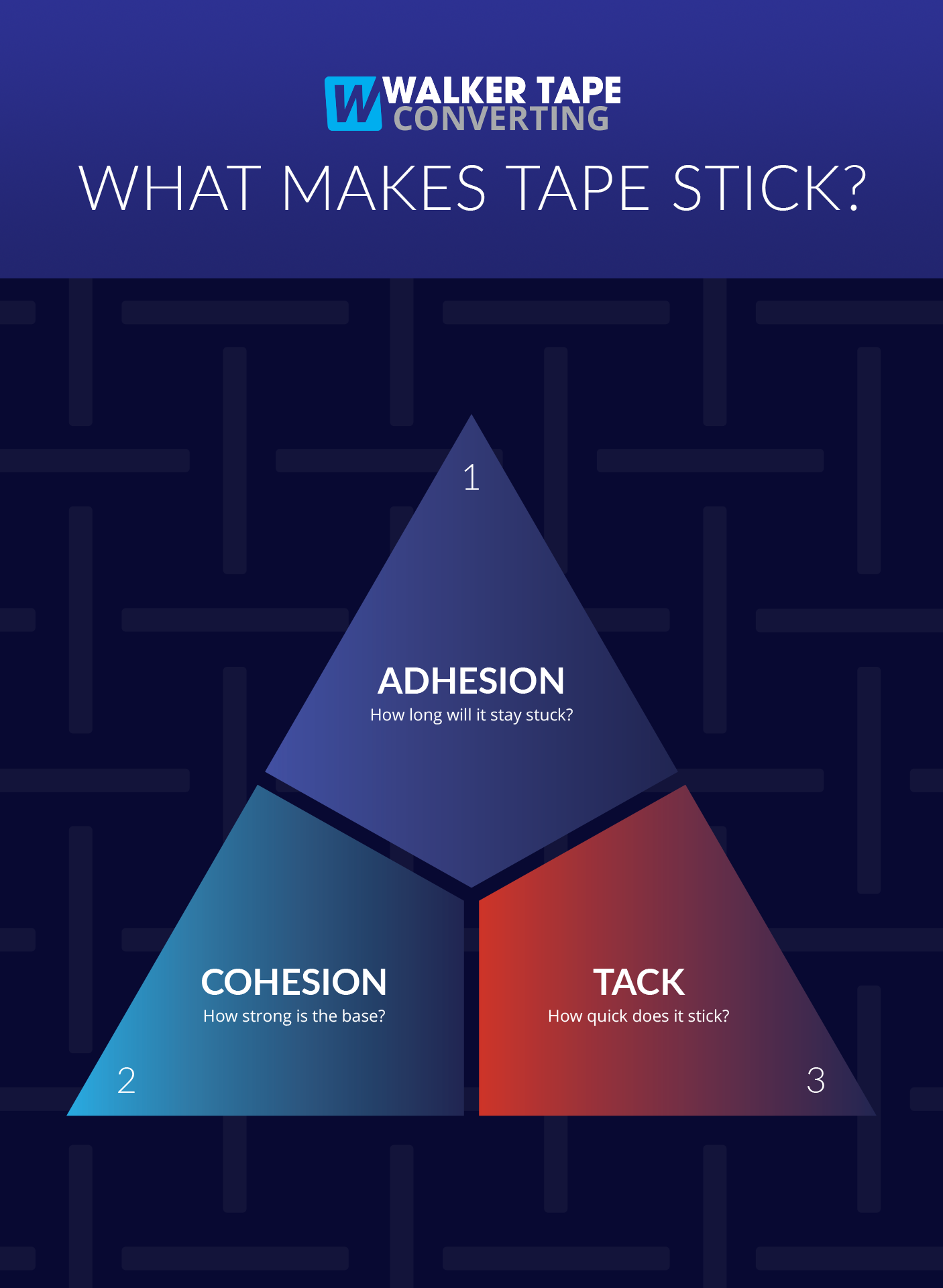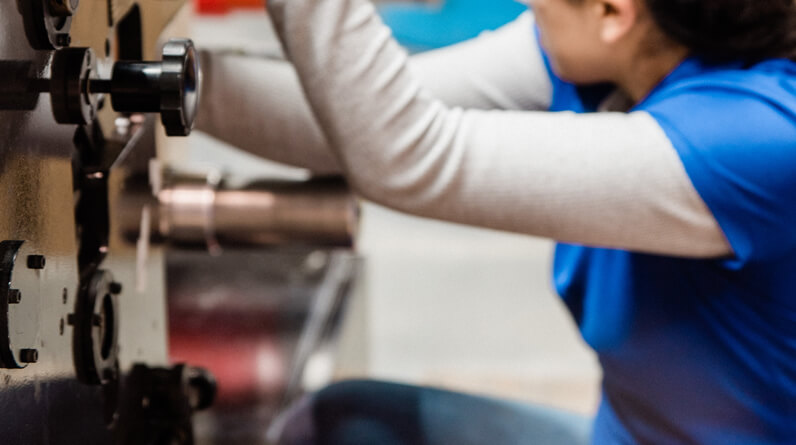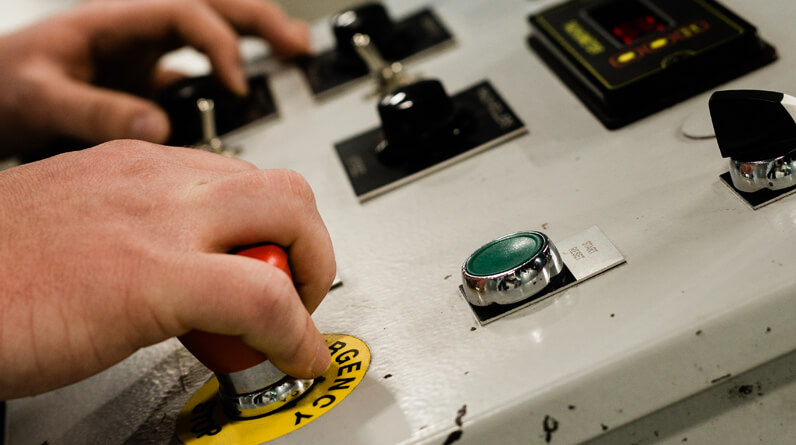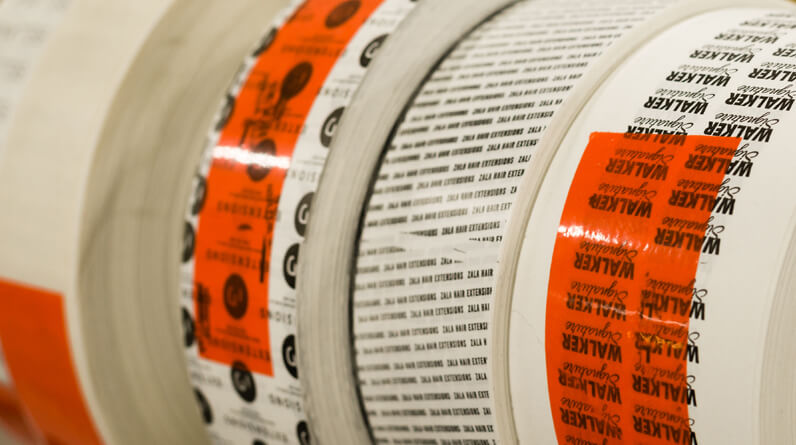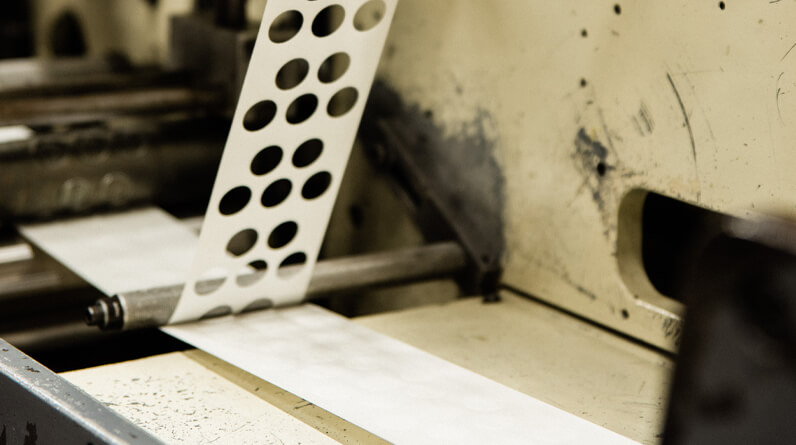
When you think of tape, the first thing that likely comes to mind is stickiness. You may be under the impression that stickiness is the most important aspect of tape. If that is the case, you’re not entirely wrong, but you’re not entirely right either.
There is a lot more to tape than you may initially think. There are three aspects of tape that make it work.
The Tape Trifecta
The best way to think of the three parts of tape is as a triangle (hence the name of this blog). As you may know, the triangle is considered to be one of the strongest shapes out there. This translates well into tape, as each of the three parts of tape work together to make it as strong as possible.
We want to make sure that you fully understand the tape you’re using and how it works. So, let’s go over the different parts of what makes tape adhere and how they work together.
Adhesion
The first part of tape is adhesion. This is defined as the attraction between the adhesive and the surface it’s supposed to stick to.
There tends to be some confusion around adhesion. The compounds that are used in tape to make them sticky are called adhesive. But adhesion is the actual action of sticking. While adhesives do have an effect on adhesion, they are not the only factor that could make a difference in the adhesion.
Adhesion can actually get stronger over time. Depending on the base of the adhesive, the hold can become firmer and firmer with each passing day.
Cohesion
The second part of tape is called cohesion. This is essentially the inner strength of the adhesive used on the tape.
This is referring to how likely it is that the adhesive will tear during use. If a tape has low cohesion, the adhesive is not very stable and will likely shred during use, causing it to unstick. If a tape has high cohesion, the adhesive is good and stable and will hold strong throughout its use.
Tack
The final piece of the triangle of tape is tack. Tack is likely what you think of as stickiness. It is how well the tape will stick to a surface on initial contact.
Tack is one of the easiest parts of tape to test and measure. You can just use the “finger test,” which is exactly what it sounds like.
You touch your finger to the tape and pull away, seeing how well the tape sticks. If it sticks to your finger with no problem, it’s very tacky. If it falls away from your finger, it’s not super tacky.
While tack is often attributed to have the biggest effect on how well a tape holds, it’s not actually the best indicator. There are tapes that don’t have very high-initial tack that have high cohesion and adhesion. These tapes may not seem very sticky at first, but when they grab on, they will keep holding on.
How the Triangle Works
So, as you can see, there is a lot more to tape than people often think. Each of the different sides of the triangle of tape work together to make the tape grab and keep holding on.
Different tapes will have different levels of each of the parts of tape. Most of the tapes out there are pretty well balanced between adhesion, cohesion, and tack. There are some that will lean more towards one or two sides of the triangle. A lot of it has to do with what the base of the adhesive is.
For example, rubber-based adhesives are very tacky and have pretty good adhesion. However, they don’t always have the best cohesion. This means that they will feel very sticky at first and will be able to hold on for a while. But it’s not hard for the adhesive to tear, so you have to be careful while using rubber-based adhesives.
A great example of a rubber-based adhesive is tesa® 4964. This tape has great adhesion and is nice and tacky. It’s a favorite with carpet installers.
Acrylic-based adhesives, as another example, don’t feel very tacky, but both have impressive adhesion and cohesion. In this case, you may need to hold an acrylic-based tape in place for a minute to get it to stick. But once it has grabbed on, it really stays put.
One fantastic acrylic-based tape is Avery Dennison FT 2018X. The great adhesion and cohesion it offers make it a go-to choice for foam-bonding in cars.
When choosing between tapes like these one question you need to ask is do you need the tape to stick now for a little while? Or do you need the tape to take longer to stick but hang around long term? The answer could make all of the difference in how your final product turns out.
There you have it, a full overview of the triangle of tape and how they work together. Now you’re all armed with new knowledge about tape, you may be wondering how this could apply to your business. That’s where we at Walker Tape Converting come in.
We are experts in all things tape and want to use our knowledge to help make your business thrive. If you have adhesive problems, we’ve got your solutions. If you’re looking for easy-to-use tapes, we’re here to help you make them.
We understand that this is a lot of information and it may seem overwhelming. That’s why we’re here to help you find the right tape.
After all, there is a chance that you’re using the wrong tape for a project and not know what would make it better. There are ways that your tape could be easier to use. We’ll match you to the right tape and use our converting capabilities to make that tape fit your projects specifically.
To learn a bit more about who we are, what we do, and what difference converting could make to your business, head to our blog.
If you don’t find the answers to your questions there, you can head to our contact page instead. There you can get in touch with one of our experts. They can help you with any question you may have and/or get you a quote for your custom tape.
Let us help you make your company and projects all that they can be.

